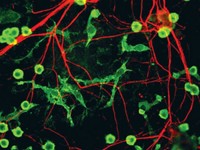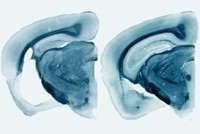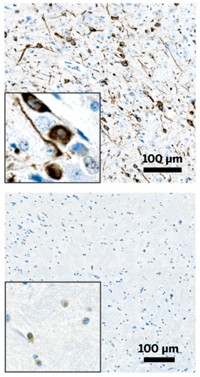Advertisement
Grab your lab coat. Let's get started
Welcome!
Welcome!
Create an account below to get 6 C&EN articles per month, receive newsletters and more - all free.
It seems this is your first time logging in online. Please enter the following information to continue.
As an ACS member you automatically get access to this site. All we need is few more details to create your reading experience.
Not you? Sign in with a different account.
Not you? Sign in with a different account.
ERROR 1
ERROR 1
ERROR 2
ERROR 2
ERROR 2
ERROR 2
ERROR 2
Password and Confirm password must match.
If you have an ACS member number, please enter it here so we can link this account to your membership. (optional)
ERROR 2
ACS values your privacy. By submitting your information, you are gaining access to C&EN and subscribing to our weekly newsletter. We use the information you provide to make your reading experience better, and we will never sell your data to third party members.
Biological Chemistry
Misfolded Proteins Link Brain Disorders
Studies this year suggest that the odd proteins of Alzheimer’s and Parkinson’s behave like the infectious agent of mad cow disease
by Lauren K. Wolf
December 24, 2012
| A version of this story appeared in
Volume 90, Issue 52

Scientists used to think that livestock infected with mad cow disease and people afflicted with Alzheimer’s or Parkinson’s diseases didn’t have much in common. But studies published this year have strengthened the link between these neurological disorders. In mad cow disease, the infectious agent is a protein called a prion, which can misfold and slowly recruit similar proteins to do the same. The prions end up clumping, spreading through the brain, and clogging the nerve-cell network. Neuroscientists have suspected that the bad actors in diseases such as Alzheimer’s and Parkinson’s are also misfolded proteins. Confirmation came in June, when Kurt Giles and Stanley B. Prusiner of the University of California, San Francisco, and coworkers reported that amyloid-β, a peptide associated with Alzheimer’s, exhibits prionlike behavior. When the team injected a misfolded synthetic version of amyloid-β into the brains of mice, the corrupt protein coerced a similar peptide in the rodents to misfold and form plaques (C&EN, July 2, page 24; Proc. Natl. Acad. Sci. USA, DOI: 10.1073/pnas.1206555109). Then in November, a team led by Virginia M.-Y. Lee of the University of Pennsylvania published a study in which mice were injected with misfolded synthetic α-synuclein, a protein that forms aggregates called Lewy bodies in people with Parkinson’s. Six months later, the mice had problems with balance and motor skills, Lewy bodies in their brains, and damage to their dopamine-making nerve cells (C&EN, Nov. 19, page 38; Science, DOI: 10.1126/science.1227157). Taken together, these findings are making scientists wonder whether the hallmark proteins of Alzheimer’s and Parkinson’s might also transmit from person to person like prions, via procedures such as tissue implants or blood transfusions. Others see a silver lining in the research findings: They hope to find new drugs that block disease progression by interfering with misfolding pathways.





Join the conversation
Contact the reporter
Submit a Letter to the Editor for publication
Engage with us on Twitter